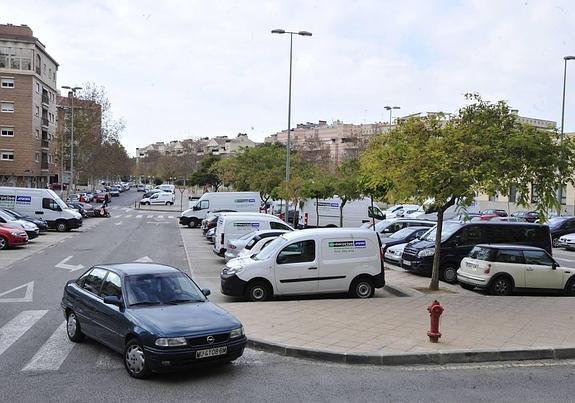Have you ever done this? You could be fined...
Friday, May 13, 2022
 On more than one occasion, when looking for a parking space in the street you will have come across a person without a vehicle standing in a space and 'saving' that space for some other car - or maybe that was even you standing there!
On more than one occasion, when looking for a parking space in the street you will have come across a person without a vehicle standing in a space and 'saving' that space for some other car - or maybe that was even you standing there!
This is a situation that tends to generate conflict and many times arguments as to who should occupy the parking space. So where does the law stand with this? Is it legal or not?
The Law on Traffic and Road Safety specifies that "as long as there is a safe area, a pedestrian area or some other suitable space, pedestrians may not remain immobile on a hard shoulder or on a road, not even while waiting for a vehicle, they must remain in this safe area until the vehicle reaches their position."
Therefore, what the law is saying is that this is an action that is not permitted. Although it is common and many people do it, blocking a site for a friend or family member is not allowed and the vehicle that wants to park can do so legally. The problem arises if the person occupying the parking space is not willing to move away.
The solution may be to call the police, since invading the road or crossing it in an inappropriate manner carries a fine of 80 euros.
Another less frequent 'trick' but also carried out by some people is to park the vehicle incorrectly, occupying two spaces by exceeding the line that delimits each space. In this case, if a person reports what happened, the tow truck can proceed to remove the vehicle and impose a fine of 80 euros up to 200.
Something to think about...
 3
Like
Published at 6:01 PM Comments (0)
3
Like
Published at 6:01 PM Comments (0)